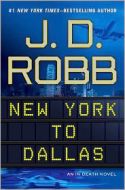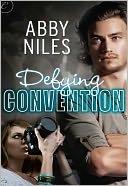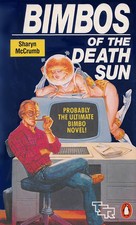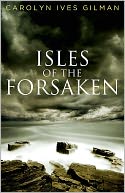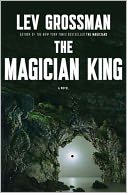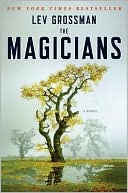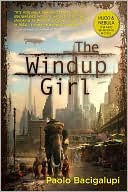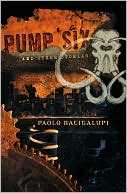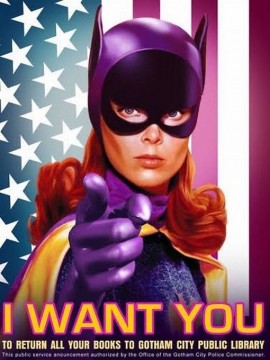 Sometimes we all want a “do over”. In Exclusively Yours, by Shannon Stacey, Keri Daniels and Joe Kowalski get one.
Sometimes we all want a “do over”. In Exclusively Yours, by Shannon Stacey, Keri Daniels and Joe Kowalski get one.
I kept hearing John Mellencamp’s song Jack & Diane while I read this book. It fits. Joe Kowalski and Keri Daniels were high school sweethearts almost 20 years ago. But that was then, and this is now. Now, Joe is a best-selling horror writer. Think Stephen King, but younger, handsomer, and even more mysterious about his personal life. Keri Daniels is a journalist for a weekly celebrity magazine. Her editor is obsessed with Joe’s elusiveness, but then she discovers that Joe and Keri were once an item in their small, New Hampshire town, way back when.
Now, Keri has one and only one assignment–bring back an exclusive interview with Joe Kowalski, or don’t even bother to come back and clean out her desk.
Keri knows where to find Joe. She’s always known. Her family still lives in that same small town, and so does his. She’s been back. She’s just never tried to find him. She knows she broke his heart when she left to go to college. And she never got over him, either. But Joe’s dreams were all about staying near his family, writing his books, and hitting the big time by sticking to his roots. Keri’s dreams were about stretching her wings, seeing the big city lights, and finding out who she was away from small-town limits. She left…and almost never looked back. But she never found anyone else either. And neither did he.
When Joe agreed to meet with her, each hoped that the sparks were dead. Or that time had treated the other badly. But no on both counts. They sparked each other just as much as they ever had, and the years had been kind. And Keri was honest about what she wanted. She needed the interview, or she’d lose her job. She didn’t play games or pretend. And Joe wanted to keep fanning that spark, to see if he could rekindle that flame they once had.
So he did something either really dumb, or really smart. He “blackmailed” Keri into coming along on the Kowalski extended family 14-day camping vacation with his parents, siblings, in-laws, nephews, niece, animals and ATVs. But no cell phone, no computer and no electronics of any kind. And if she participated in every activity, she could ask one question per day, which he agreed to answer.
As each day goes by, Joe and Keri discover, not just what they had, but what they could have now. Nostalgia is not enough, there is a lot of hurt that has to be healed first. And not just theirs. Keri’s leaving damaged Joe, and his pain hurt everyone he loved. They weren’t ready when they were 18. But it’s just possible that they are ready now.
 Escape Rating B+: Exclusively Yours was one of those books that I just plain liked. A lot. I enjoyed the romance, I liked the people, and I had a good time with the characters. I read this because I had previously reviewed the third book in the Kowalski family series (Yours to Keep), and enjoyed it a lot. I decided I wanted to see where everything started and I am very glad I did.
Escape Rating B+: Exclusively Yours was one of those books that I just plain liked. A lot. I enjoyed the romance, I liked the people, and I had a good time with the characters. I read this because I had previously reviewed the third book in the Kowalski family series (Yours to Keep), and enjoyed it a lot. I decided I wanted to see where everything started and I am very glad I did.


 Scanning the fiction shelves of your local public library, there are a lot of books with labels on the spines for romance, mystery and science fiction. There’s at least one standard brand of those labels where the romance label was a heart, the mystery label was a dagger, and the sci-fi label was a spaceship.
Scanning the fiction shelves of your local public library, there are a lot of books with labels on the spines for romance, mystery and science fiction. There’s at least one standard brand of those labels where the romance label was a heart, the mystery label was a dagger, and the sci-fi label was a spaceship.